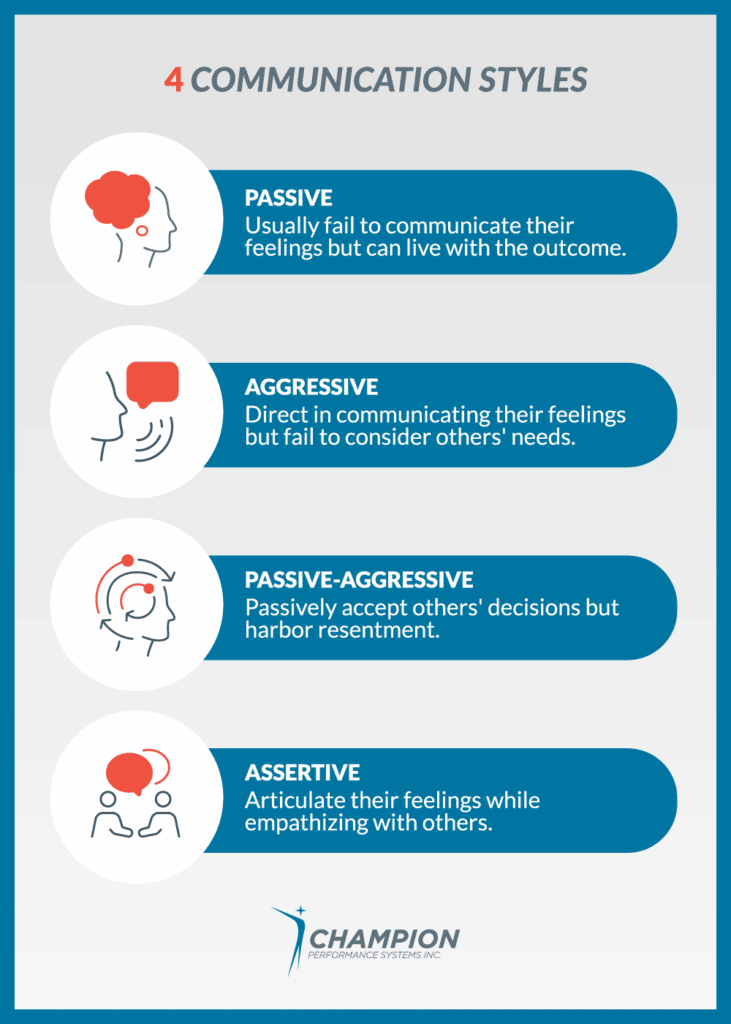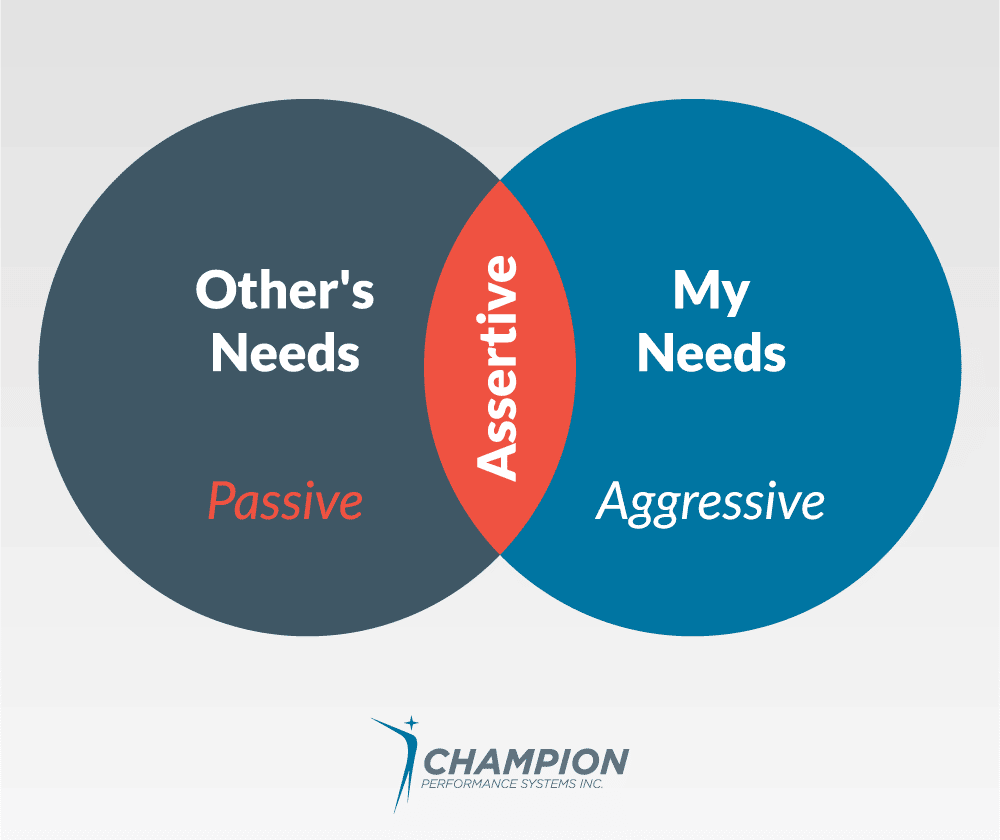It’s the end of the week, and things are not looking good. Your team has missed its KPIs (again). You pull everyone into an impromptu meeting where you emphasize the week’s failures and give a stern warning about the consequences of not meeting goals.
After 15 minutes — and little feedback from the team — the meeting disperses. Unfortunately, things don’t feel better than they did before the meeting. Instead of pulling together to discuss solutions and tactics, your team is anxiously watching the clock for their chance to escape.
As a business leader, your ability to communicate effectively with others is paramount to your success. If you aren’t connecting with your team in a way that inspires respect and trust, you may be missing the mark.
That’s where executive coaching can help improve communication across your team, starting with you — the chief communicator and guiding example for your business.
What Is an Executive Coach?
Executive coaches are business growth experts who help leaders achieve their personal and professional goals.
The one-on-one executive coaching approach focuses on the individual leader and their growth. An executive coach provides expert advice, support, accountability, and strategic guidance for leaders to help them gain clarity and achieve their goals. They help individuals identify their strengths and weaknesses, define their goals, and implement strategies to help them be an effective leader and improve communication.
Executive coaching can work in synergy with business coaching, though they are not the same. Business coaching focuses on the overall health and goals of the organization instead of helping individual executives grow as leaders.
Who Benefits From an Executive Coach?
Virtually any leader could benefit from an executive coach. Part trusted confidant, part honest critic, and part enthusiastic supporter, executive coaches provide the support and guidance leaders often lack in their organizations. After all — it can be lonely at the top of the mountain!
A skilled executive coach helps guide you through the intentional, persistent work it takes to achieve your personal and professional goals.
Am I Ready for an Executive Coach?
When deciding whether or not to invest in an executive coach, it helps to ask yourself a few key questions:
- Am I ready to accept honest feedback and critique?
- Can I engage in honest self-reflection to identify my communication style?
- Can I adjust my communication style to see positive changes?
- Am I ready to improve my communication skills through intentional practice and habit?
If you answered yes to any of those questions, you might be ready to invest in an executive coach. But first, we need to understand different communication styles and why some communication methods are inherently more effective than others.
Communication Styles
There are four widely-accepted communication styles: passive, aggressive, passive-aggressive, and assertive.
It’s important to note that cultural influences and specific group dynamics can impact how different communication styles play out in the real world. And most people will exhibit different communication styles in different situations.
However, these four types of communication styles can act as a framework for understanding how you — and those around you — are communicating.

Passive Communication Style
Passive communicators prefer to let others take the lead and are typically described as easy going people pleasers. They would rather keep the peace than rock the boat and tend to go along with whatever decisions others make.
This type of communication style can be helpful in some instances, especially if trying to de-escalate a tense or highly emotional situation.
However, passive communicators often fail to communicate their needs and wants in favor of complying with others. This can leave them feeling unheard, ignored, and discontent in their roles.
In a workplace scenario, passive communicators are typically viewed as easy to get along with but may have difficulty leading and coaching others effectively.
Aggressive Communication Style
Aggressive communicators fall on the opposite end of the communication style spectrum. They are direct and have no issue letting everyone else know what they want. Unfortunately, this boldness is often at the expense of others.
Aggressive communicators often fail to consider the needs of others and insist on doing things their way, even when that isn’t the best course of action. They can be seen as intimidating and leave others feeling attacked or vulnerable.
Though an aggressive communication style could be helpful in some situations — like taking charge in an emergency — it is generally ineffective. Aggressive communicators have difficulty connecting with people in a way that builds trust and transparency. Leaders who lean on aggressive communication can alienate people and create a constant cycle of disgruntled and demoralized employees.
Passive-Aggressive Communication Style
Passive-aggressive communication combines the worst qualities of each communication style above.
Passive-aggressive communicators often vocalize agreement with others or passively accept someone else taking charge. However, they tend to keep their true feelings to themselves and secretly harbor resentment. In turn, they become aggressive in less noticeable but equally damaging ways.
This aggression can take many forms, such as avoiding conversation with people, spreading gossip or rumors, or belittling others under the guise of sarcasm or “jokes.”
Passive-aggressive communicators may show some consideration for the thoughts and needs of others. However, they still lack the emotional maturity required for candid, considerate communication. Workplace and personal relationships can quickly break down if one or more parties use passive-aggressive communication.
Assertive Communication Style
The assertive communication style is typically viewed as the healthiest type of communication.
Assertive communicators communicate their own needs and desires without steamrolling others in the process. They can articulate their feelings and empathize with the feelings of others.
Assertive communication is less emotional than the other communication types. It seeks to facilitate rational, fair discussions, even in tense situations. In the workplace, an assertive communicator is more likely to foster and sustain long-term relationships built on respect and transparency.
The Most Effective Communication Style for Leaders

It’s no surprise that assertive communication is generally accepted as the most effective and healthy form of communication.
Assertive communicators can assess situations objectively, speak without injecting too much emotion, and confidently state their own needs while respecting the needs and wants of others.
Assertive communication requires high emotional intelligence, empathy, self-awareness, humility, confidence, and self-regulation of emotions. If that sounds like a tall order to fill, that’s because it is!
Like any healthy behavior, assertive communication takes practice and ongoing effort. Becoming an effective, assertive communicator can revolutionize your interpersonal skills at work and in your personal life, but it takes work.
Here are five ways an executive coach can help you improve communication and master the skills needed to reach your personal and professional goals.
1. Accepting Feedback
It’s not uncommon to shy away from criticism. Most people don’t like being told they are wrong. However, accepting feedback is essential to being an assertive communicator.
Leaders who cannot accept feedback or criticism can contribute to a culture of finger-pointing and distrust. Team members with valuable insight and honest criticism may feel disempowered and keep important feedback to themselves.
An executive coach provides honest, objective feedback, even if it is difficult to hear. Being open to constructive criticism from others is a building block of self-awareness. Executive coaching provides a fresh perspective on your current communication style and potential ways to improve your communication skills.
2. Active Listening
Talking is easy, but listening is hard. When communicating with others, it’s easy to focus on your response rather than your conversation partner’s words. This is even truer in the age of constant alerts from your phone, watch, computer, and messaging apps.
Assertive communication requires genuine consideration and respect for the thoughts of others. The basic tenet of that respect is truly listening and understanding others when they talk. This means giving your undivided attention to the meeting, discussion, or conversation at hand.
An executive coach can provide feedback (see above) on your active listening skills. Beyond the apparent recommendations — like limiting notifications and interruptions when talking with others — they can provide concrete guidance on improving your active listening skills.
3. Taking Responsibility
It’s reasonable to want to take credit when things go well, but much harder to take responsibility when things go wrong.
Taking full responsibility for your words and actions is a hallmark of assertive communication. Assertive communicators are willing to admit when they are wrong and take ownership of their role when communication falters.
A good executive coach will help you understand and practice leading with “I” statements. “I” statements, a standard reference in cognitive behavioral therapy, are essential to assertive communication. “I” statements communicate what you experienced in a situation and what you wish would have happened. This is in contrast to “you” statements which focus on the other person instead of yourself.
For example, a “you” statement in the workplace would be “You never meet your deadlines for projects.” This phrasing can leave the other person on the defensive and lead to more significant conflict.
Reworking this as an “I” statement may sound like “I feel frustrated when you don’t meet deadlines. I wish we could communicate beforehand if you needed more time or resources.”
With the “I” statement, the speaker takes responsibility for their feelings and offers a solution. It also avoids placing direct blame on the other person for your feelings. This type of communication is much more effective in interpersonal relationships and leads to greater cooperation between parties.
An executive coach has the experience and insight needed to help you gain self-awareness and practice leading with “I” statements to improve communication.
4. Recognizing Behaviors
The words you choose are important, but things like vocal inflection and body language can have an even more significant impact on your communications.
You could be using “I” statements and actively listening to the feedback of others but still failing to communicate effectively. Sarcasm or negative cues like crossed arms can mean the message isn’t accepted as intended.
Tone and body language can completely change how people react to a message. Your words can take on entirely new meanings depending on where you place the emphasis in a sentence. And things like standing over someone while speaking, pointing fingers, or eye-rolling can make others feel intimidated, accused, or ignored.
It can be difficult to recognize when you use a negative tone or body language when speaking. With the help of an executive coach, you can recognize behaviors hurting your communication abilities. They can provide concrete feedback on how others may perceive your tone and body language, as well as solutions for making subtle changes that make a big impact and improve communication.
5. Changing Habits
Sticking with healthy habits, like exercise and meditation, is hard. Healthy communication habits are no different.
Becoming an assertive communicator takes intentional practice and continual self-assessment. An executive coach can help you cultivate the skills needed to improve communication abilities and provide ongoing support and accountability to ensure the new habits stick.
An Executive Coach Can Improve Communication Skills

Effective, empathetic communication takes practice and patience. You must show genuine respect and consideration for others while clearly stating your own needs. It sounds easy, but assertive communication can be difficult to maintain in the middle of an escalating situation or when dealing with a difficult person.
An executive coach is there to guide you on your journey to becoming an effective communicator who fosters trust and respect with those around you. If you’re ready to take the next step in achieving your personal and professional goals, it’s time to find an executive coach.The experts at Champion PSI are ready to help. Learn more about how executive coaching from Champion PSI can get you closer to achieving your goals and improve communication.










